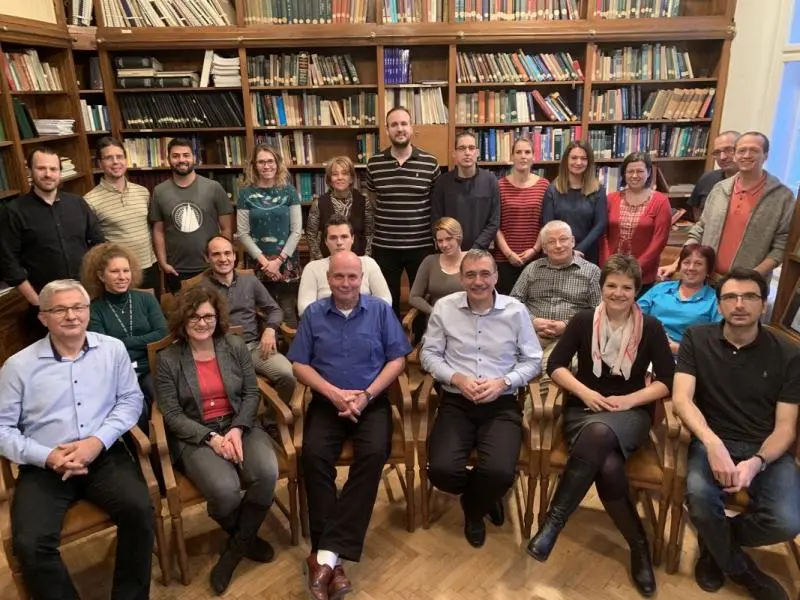
Space physiology research group
Space physiology research group has been established based on the collaboration of three working group laboring on different areas on the human physiology
Space physiology research group – Muscle physiology working group
Research interest:
Investigating the molecular background of the calcium homeostasis of the skeletal muscle, molecular mechanisms which are activated due to mechanical stimuli and act to tissue maintenance and regeneration, contribution of mechanosensitive Ca2+ channels to the calcification of aortic smooth muscle cells.
Applied methods:
- electrophysiology on isolated mouse skeletal muscle fibers
- conventional light microscopic morphology, immunocyto- and histochemistry, high temporal, or spatial confocal microscopy
- RT-PCR and qPCR
- RNA sequencing
- Western Blots
- proliferation and viability assays
Space physiology research group – Cardiac electrophysiology working group
Research interest: Cellular cardiac electrophysiology, including:
- ion currents in mammalian and healthy human cardiac myocytes
- frequency-dependent properties of the cardiac action potential
- Ca2+ dependent ion currents
- proarrhythmic and antiarrhythmic mechanisms
Methodical backgrounds:
- enzymatic cell isolation techniques
- conventional sharp microelectrode techniques
- conventional single cell voltage clamp
- action potential clamp
- monitoring of cytosolic Ca2+ concentration using fluorescent probes
Space physiology research group – Bone- and cartilage physiology working group
Research interest: Investigating the molecular regulation of the chondro- and osteogenesis under mechanical and metabolic stress conditions
- primary chondrogenic and osteogenic cell culture models
- adult human multipotent stromal cells from bone marrow
- exploring molecular elements which take part in mechanotransduction, transmit the signals of metabolic stress or disturbance of circadian molecular clock function in differentiating cells
Applied methods:
- primary chondrogenic and osteogenic cell cultures, culturing of multipotent bone marrow stromal cells under chondrogenic or osteogenic conditions
- conventional microscopic morphology, immunocyto- and histochemistry, confocal microscopy
- RT-PCR and qPCR
- RNA sequencing
- western blots
- proliferation and viability assays